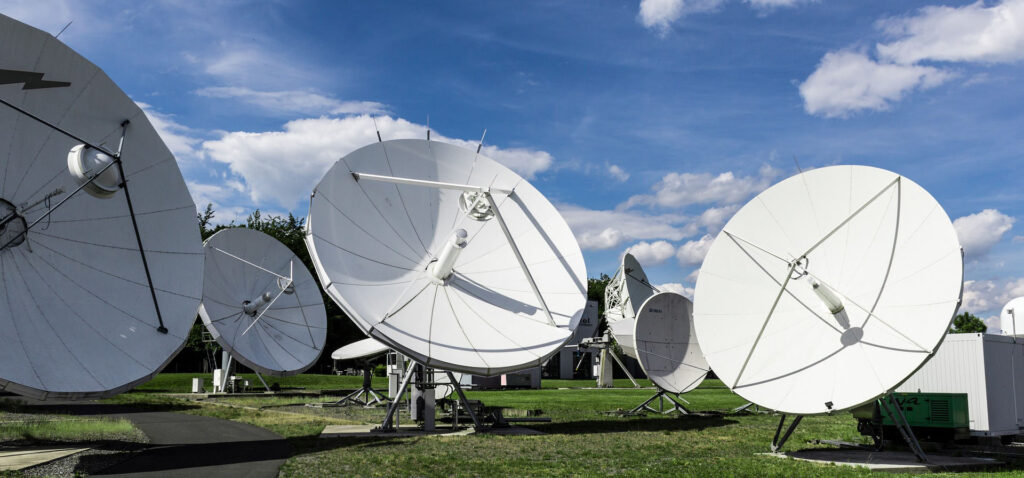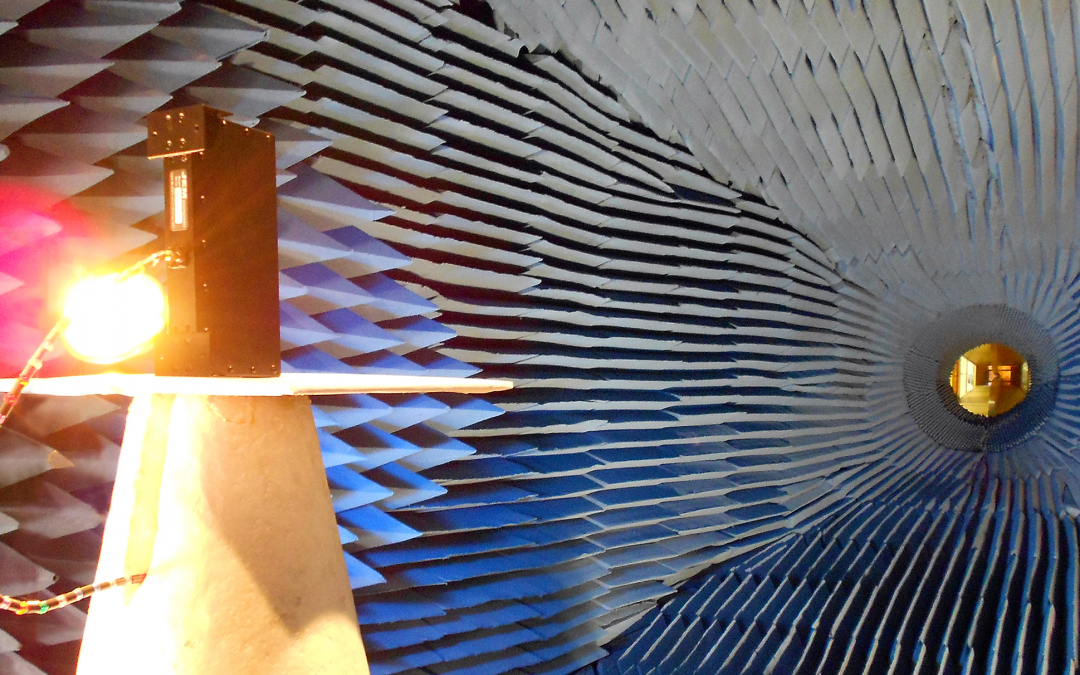
There are many different types of antenna communications and intelligence gathering disciplines. In this post, we explain the key distinctions between SIGINT, COMINT, and ELINT.
SIGINT is the abbreviation for “Signals Intelligence.” SIGINT encompasses all intelligence-gathering methods that it involve the interception of signals. While SIGINT’s origins can be traced back to the early 1900s, it became more prominent in World War I, and even more so in World War II. Among other means of information, SIGINT utilizes unmanned aerial vehicles (UAVs), which gather and transmit back raw intelligence for analysis.
Communications Intelligence, or “COMINT” is a sub-category of SIGINT. COMINT describes communications between people and/or groups. Voice interception, text interception, and signaling channel interception are all categorized under COMINT

COMINT’s main distinction from ELINT is that COMINT signals do contain speech or text, whereas ELINT does not.
Electronic intelligence, or “ELINT” is another sub-category of SIGINT, which considered “non-communications intelligence-gathering.” ELINT systems primarily use electronic signals to gather intelligence. These systems identify signals by either matching them to known criteria, or recording them as possible new, unique, emitters. ELINT data is usually highly classified and therefore, secured.
JEM Engineering’s JEM-0221A is an ultra-wideband omnidirectional antenna that delivers excellent aperture efficiency. It is exceptional for SIGINT, and broad spectrum monitoring of RF signals. JEM Engineering has an extensive product catalog of antennas and antenna systems suitable for SIGINT applications, many of which are also flight-qualified.
The third sub-category of SIGINT is FISINT. FISINT stands for Foreign Instrumentation Signals Intelligence. Not to be confused with ELINT, FISINT refers to the collection of signals created by the testing and use of foreign weapons systems, such as foreign aerospace, surface, and subsurface systems.
Latest Posts

Honoring Black Engineers
JEM Engineering is a minority owned company and in honor of Black History Month we would like to shine light on two Black engineers who have made an impact in the world of engineering.

Which Testing Chamber? TATF vs. SNF
JEM Engineering boasts two antenna testing chambers at our facility in Laurel, MD, within easy reach of both Baltimore and Washington DC.

STEM with JEM
Did you know that National STEM Day falls on the 8th of November each year? That’s because the abbreviation “NOV8” actually stands for “INNOVATE.”
